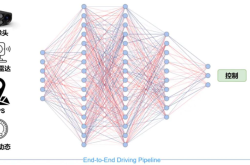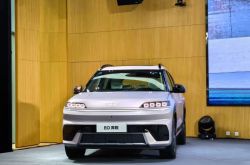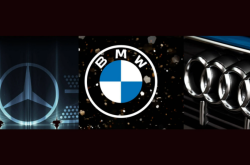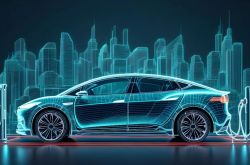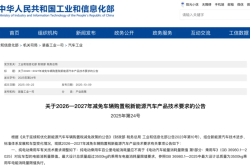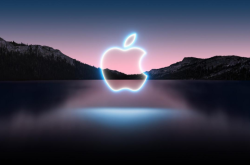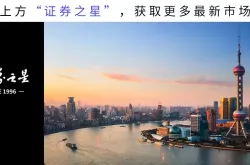Tech-Savvy "Veteran" Makes a Comeback: Three Pivotal Moves by Porsche's New CEO
![]() 10/23 2025
10/23 2025
![]() 370
370
Recently, Porsche AG's personnel appointment has garnered widespread attention within the traditional luxury car sector.
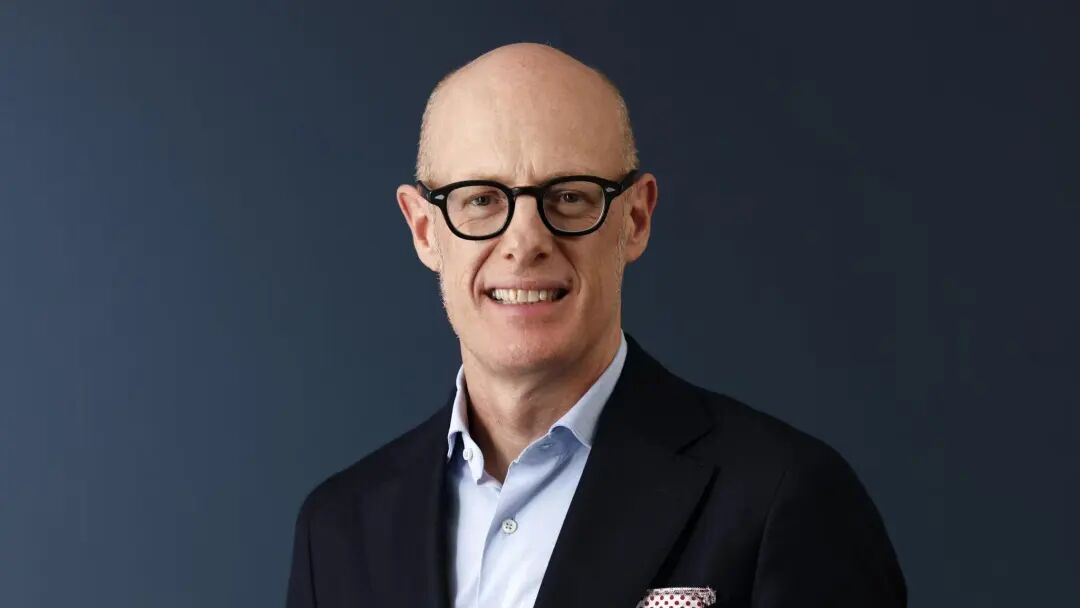
The Supervisory Board of Porsche officially declared that Dr. Michael Leiters, the former CEO of McLaren, will take over from Dr. Oliver Blume as the CEO of Porsche AG on January 1, 2026. This leadership transition is not merely about the future of a luxury sports car manufacturer; it also mirrors the underlying shifts in the global automotive industry.
The End of Dual Roles
Oliver Blume's Trade-offs and Porsche's Bid for Independence
Oliver Blume's departure came as no surprise. Over the past ten years, this "leader with dual roles," who simultaneously helmed both the Volkswagen Group and Porsche, delivered remarkable achievements. During his tenure, Porsche achieved its largest-ever European IPO, consistently set new profit records, and saw its market capitalization soar to €80 billion. Nevertheless, industry skepticism regarding his dual responsibilities persisted.
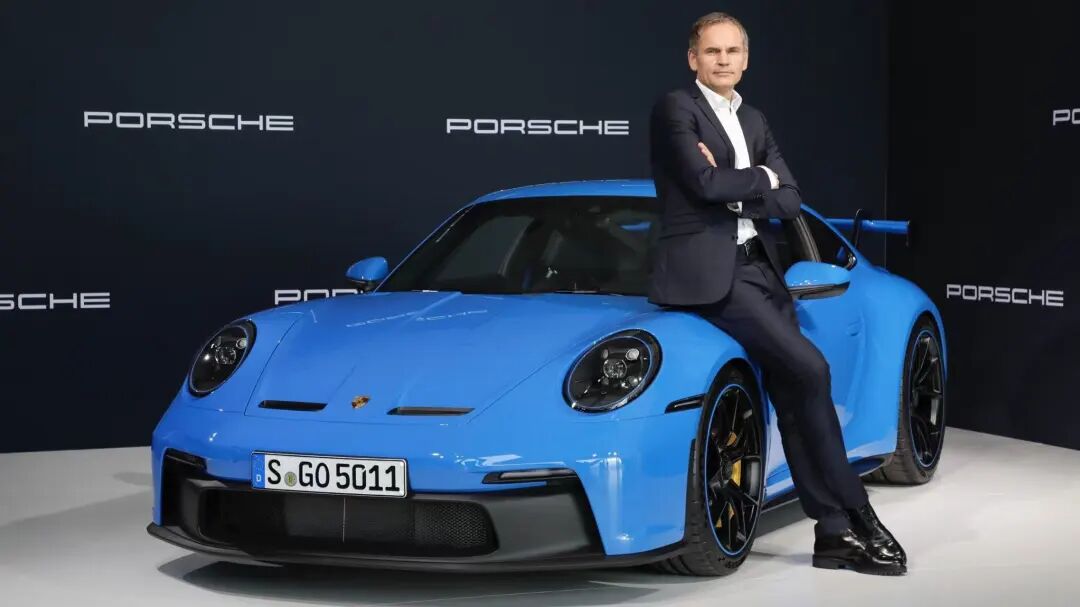
In this reshuffle, Blume explicitly stated that his resignation was "for the overall interests of the Volkswagen Group," a move interpreted by outsiders as an effort to bolster Porsche's independent operational capabilities.
Notably, in his farewell statement, Blume underscored that "the U.S. and Chinese markets are undergoing significant changes," a candid admission (replacing "straightforward words (Bluntly stating)") that Porsche's business model is facing challenges. In the first three quarters of 2025, Porsche's cumulative sales in China reached 32,195 units, marking a 26% year-on-year decline. In the third quarter of 2025 alone, profits plummeted by €1.8 billion. Furthermore, Porsche's transition to electrification has been hesitant, with repeated delays in launching new electric vehicles. The concurrent crises in core markets and products likely precipitated this leadership change.
The Return of a Tech "Veteran"
A Journey from Porsche to Ferrari to McLaren
Leiters' career trajectory epitomizes a "technology-centric" path in the luxury automotive realm. This German engineer, armed with a Ph.D. in Mechanical Engineering from the University of Stuttgart, has deep-rooted connections with Porsche spanning two decades. He played a pivotal role in developing the first-generation Cayenne and Macan, which correspond to Porsche's most successful SUV lineup expansion.
Subsequently, he served as Chief Technology Officer at Ferrari for eight years, leading the development of hybrid supercars such as the SF90 Stradale and 296 GTB. During his tenure as CEO at McLaren, he oversaw the mass production of the Artura hybrid sports car and formulated electrification strategies.
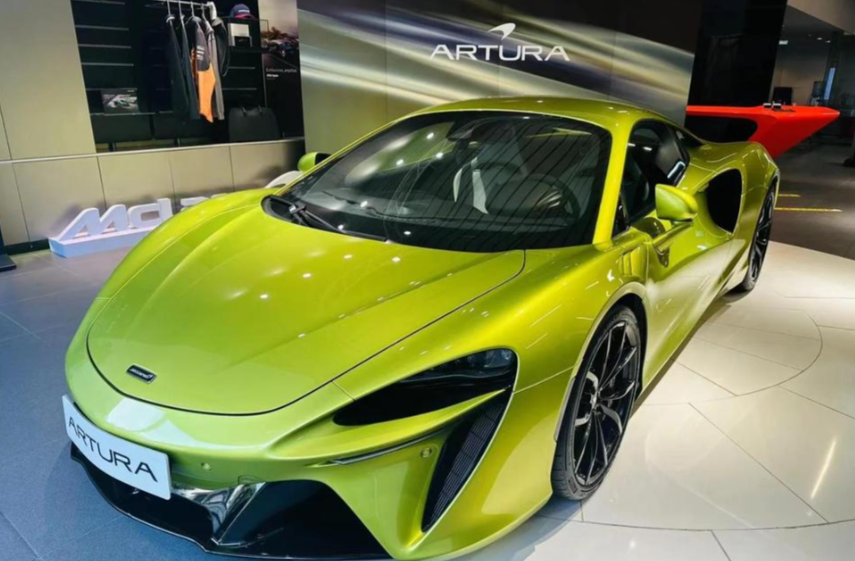
Leiters' background perfectly aligns with Porsche's pressing needs: technical expertise in traditional combustion-engine performance vehicles, coupled with hands-on experience in electrification. Dr. Wolfgang Porsche, Chairman of Porsche's Supervisory Board, lauded his "exceptional leadership and profound expertise," a clear acknowledgment of his strategic value.
Three Key Strategic Shifts at Porsche's Crossroads of Transformation
Leiters' strategic adjustments following his appointment have become a focal point for the industry. Based on his technical background and Porsche's current situation, analysts have identified three potential changes:
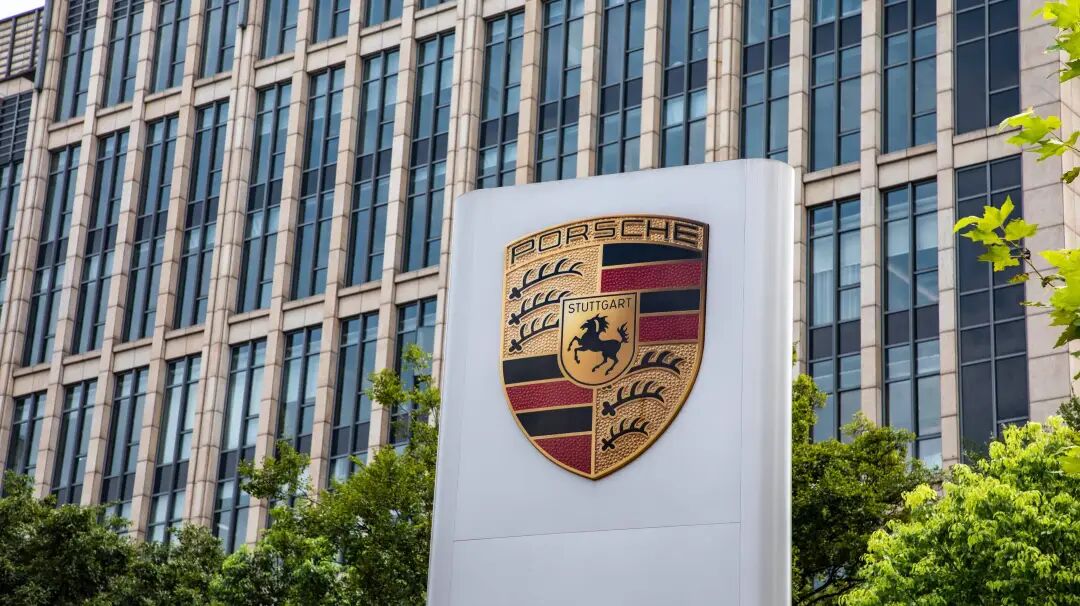
1. Recalibrating the Electrification Pace. While Porsche has launched the Taycan and Macan EV, the electrification of core models like the 718 and Cayenne remains sluggish. Leiters' experience in managing Ferrari's hybrid transition could assist Porsche in striking a more agile balance between combustion and electric vehicles.
2. Surgical Cost Restructuring. Blume emphasized "optimizing cost structures" before his departure. Leiters, having navigated supply chain crises and R&D conflicts at McLaren, may leverage his technical background to allocate resources more precisely amid Porsche's costly electrification transition (with significant investments planned before 2026).
3. Breaking Through in Chinese and U.S. Markets. Intense competition in China's new energy vehicle sector and the U.S.'s reshaping of EV supply chains necessitate localized strategies. Leiters' international perspective, particularly his experience overseeing over 40% of McLaren's sales in these markets, could prove instrumental.
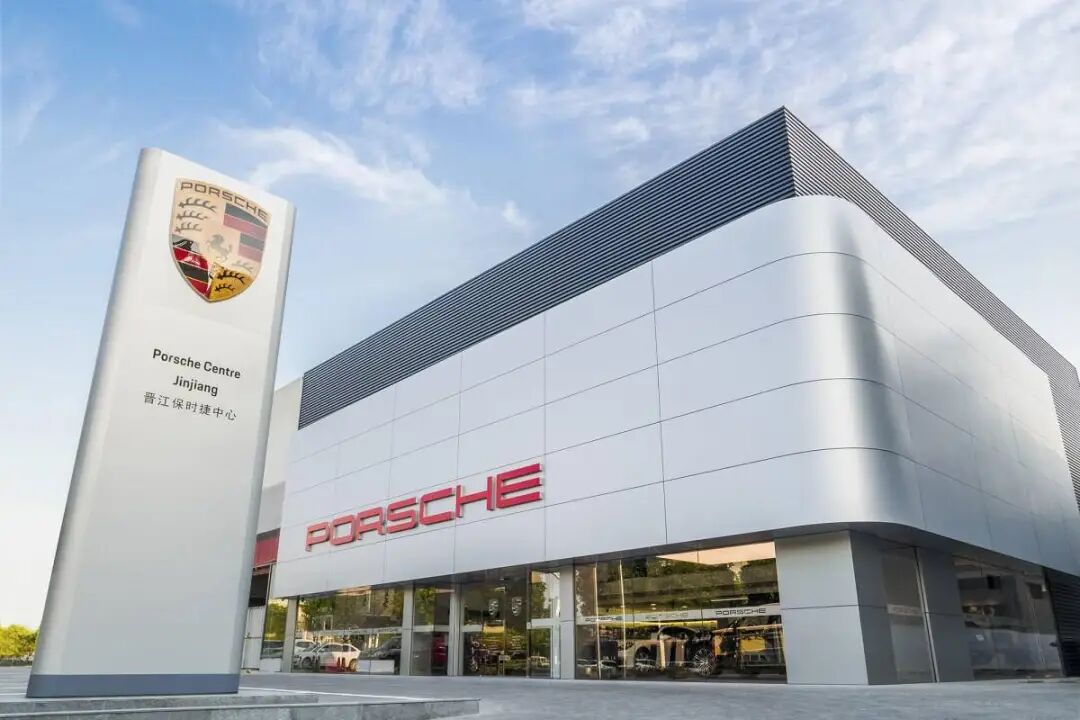
This leadership transition should not be viewed as a mere personnel rotation but as Porsche's strategic response to industry transformation. The Blume era demonstrated Porsche's commercial value through capital operations and scale expansion. The Leiters era must tackle a more fundamental question: as electrification and intelligence redefine luxury vehicles, how can Porsche uphold its performance benchmark? Opting for an engineer-turned-CEO reflects a return to the technical roots of Germany's traditional luxury automakers.
However, Leiters faces dual challenges: sustaining Porsche's profitability in the combustion-engine era while countering disruptive threats from Tesla and Chinese newcomers in the electric realm. His 2026 debut coincides with Porsche's planned launch of the electric 718, a decision that may determine the brand's success in the next decade.


